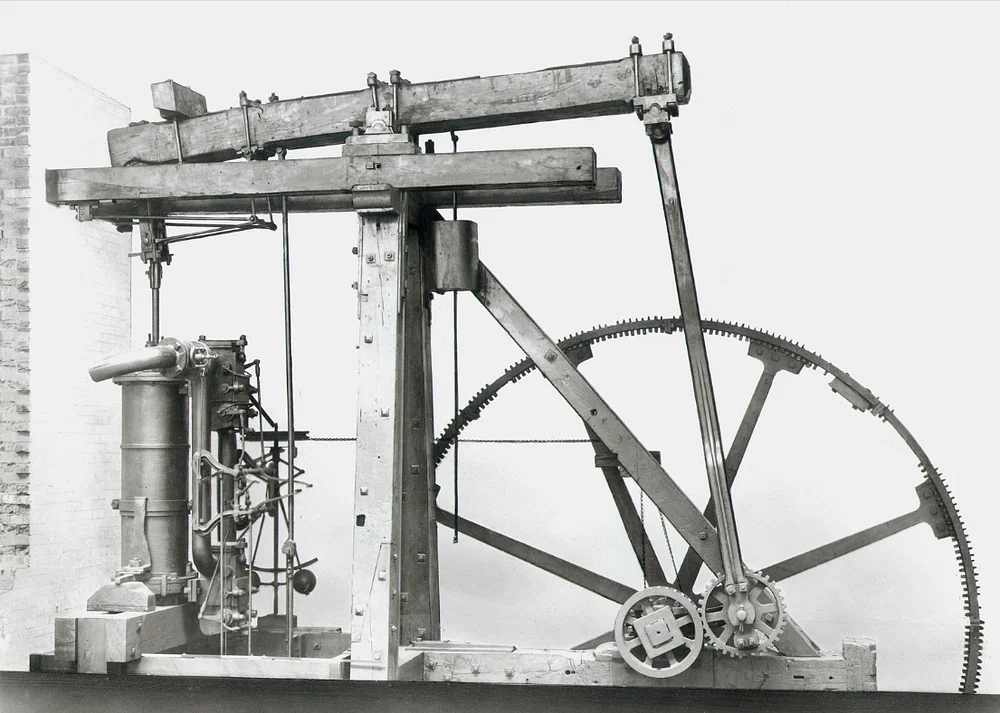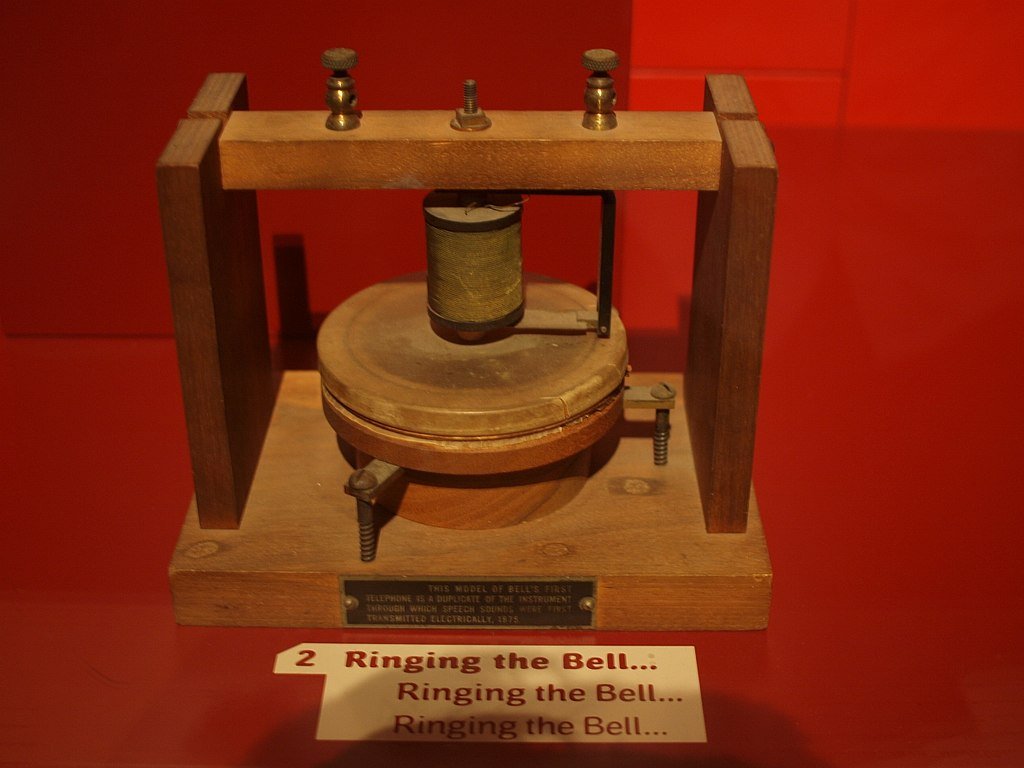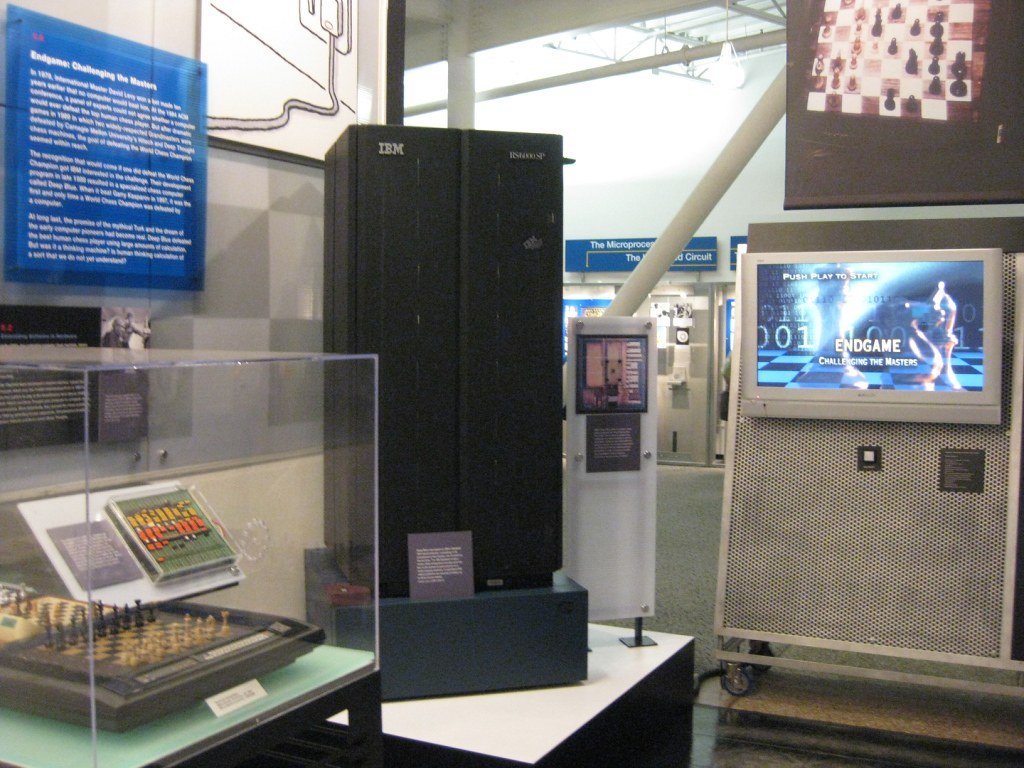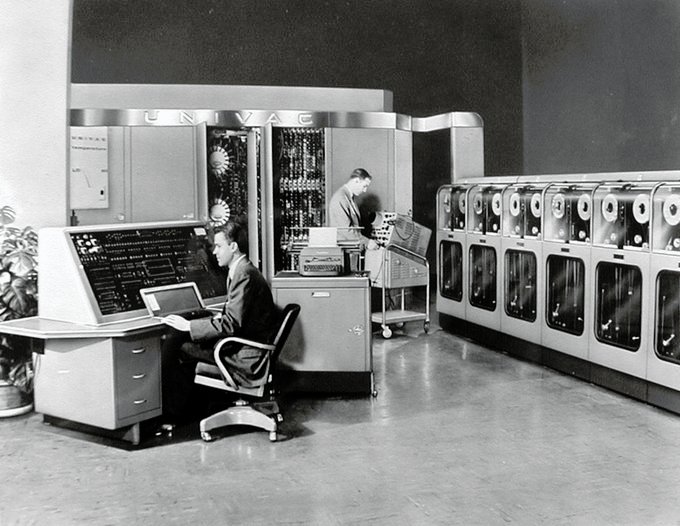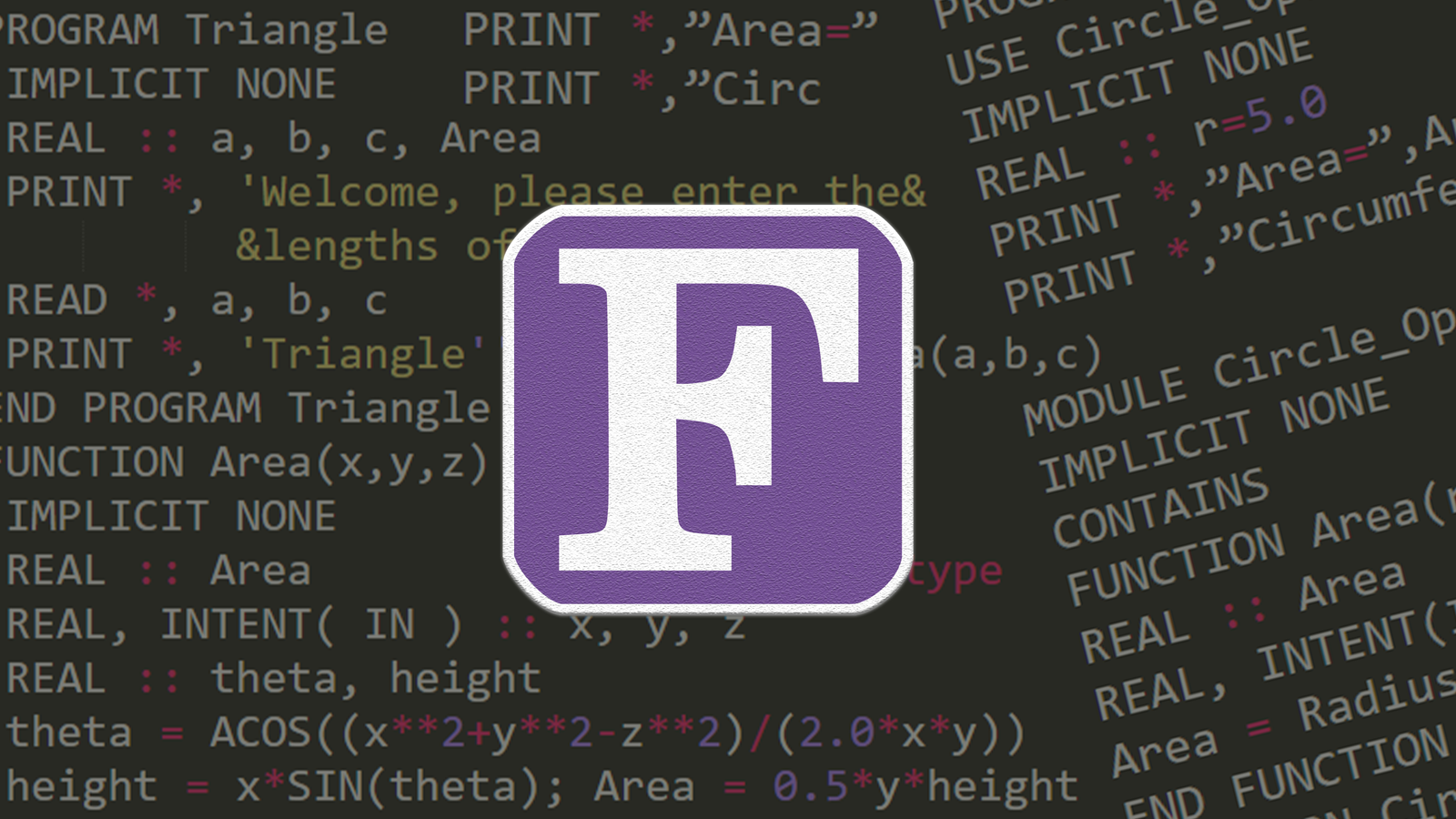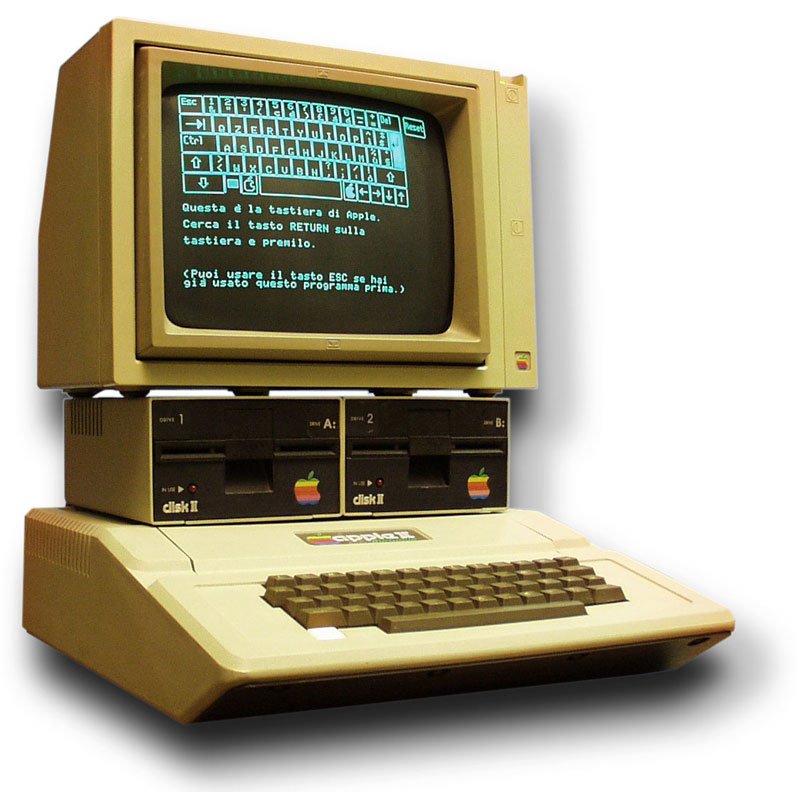In the annals of computing history, the UNIVAC (Universal Automatic Computer) holds a place of unparalleled significance. This revolutionary machine not only transformed data processing but also made headlines for its stunning prediction of the 1952 U.S. Presidential election. Journey with us as we explore the story of UNIVAC, its groundbreaking prediction, and the legacy it left behind.
Table of Contents
The Birth of UNIVAC
The development of the UNIVAC I was a monumental milestone in the history of computing, marking the beginning of a new era. The UNIVAC (Universal Automatic Computer) was the brainchild of J. Presper Eckert and John Mauchly, the same visionaries who had previously developed the ENIAC (Electronic Numerical Integrator and Computer). While the ENIAC was primarily designed for specific calculations during World War II, the UNIVAC was intended to be a versatile, general-purpose machine capable of handling vast amounts of data and executing complex calculations with unprecedented speed and accuracy.
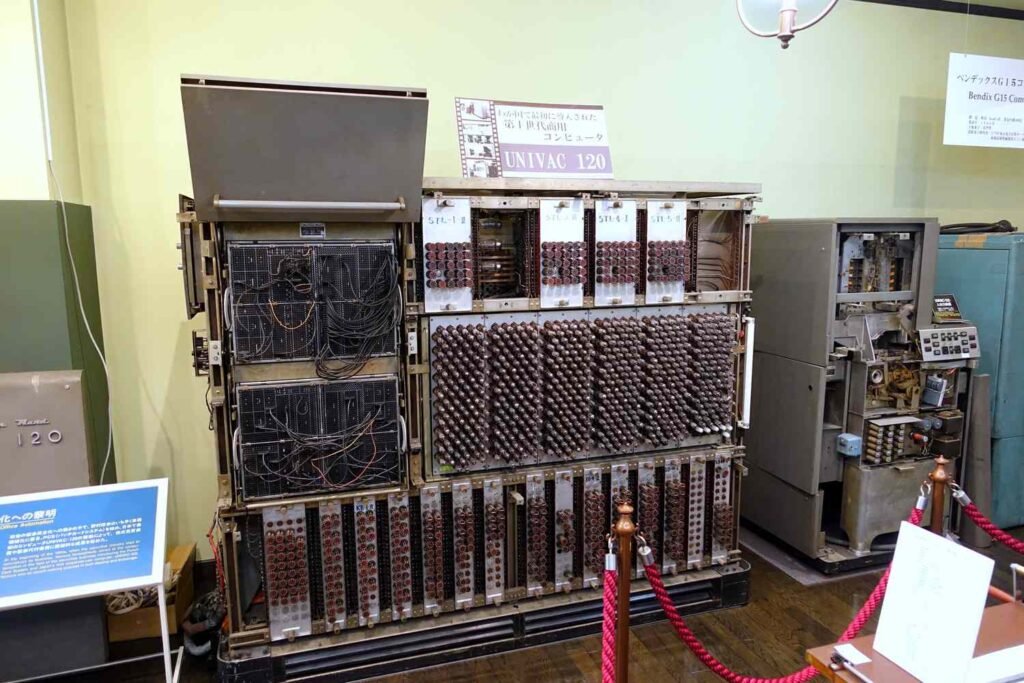
Visionary Minds Behind UNIVAC
Eckert and Mauchly were pioneers in the field of computing. Their work on the ENIAC had already established them as leading figures in computer science. With the experience gained from the ENIAC, they envisioned a machine that could go beyond the limitations of its predecessors. They saw the potential for computers to revolutionize not just military applications but also business, science, and industry. Their goal was to create a commercially viable computer that various sectors could use for data processing tasks.
From Concept to Reality
The journey from the concept to the creation of UNIVAC was challenging. Funding and resources were significant hurdles. Eckert and Mauchly initially founded their own company, the Eckert-Mauchly Computer Corporation, to develop their new machine. However, financial difficulties led them to seek assistance from the Remington Rand Corporation, which eventually acquired their company and provided the necessary support to complete the project.
Design and Features
The UNIVAC I was designed with several innovative features that set it apart from previous computers. It utilized magnetic tape for data storage, which was a significant advancement over the punched cards used by earlier machines. This allowed for more efficient and reliable data handling. The UNIVAC could perform thousands of calculations per second, making it one of the fastest computers of its time. Its architecture was built to be flexible and adaptable, capable of handling a wide range of tasks from scientific calculations to business data processing.
A Leap Forward
The successful development and deployment of the UNIVAC I marked a leap from experimental models to practical, commercially viable machines. It was no longer just a tool for academic and military use; it was now available for commercial applications. This transition set the stage for the digital revolution, as businesses and organizations began to realize the potential of computers to streamline operations, improve efficiency, and provide valuable insights through data analysis.
What Does UNIVAC Stand For?
UNIVAC stands for Universal Automatic Computer. The name itself is indicative of the machine’s groundbreaking design and intended versatility. Unlike its predecessors, which were often built for specific tasks or limited applications, the UNIVAC was conceived as a multipurpose machine. It was designed to perform a wide range of automatic data processing functions, from numerical calculations to data storage and retrieval, making it suitable for diverse applications across different industries.
Versatility and Innovation
The “Universal” in UNIVAC emphasizes the machine’s ability to handle various types of data and tasks, reflecting Eckert and Mauchly’s vision of a computer that could serve multiple purposes. This versatility was achieved through the machine’s innovative architecture, which allowed it to be programmed for different types of operations. The use of magnetic tape for data storage, along with other advanced features, ensured that the UNIVAC could efficiently process and manage large datasets, making it an invaluable tool for businesses and government agencies.
Groundbreaking Design
The “Automatic” aspect of UNIVAC highlights its ability to perform tasks with minimal human intervention. This was a significant advancement from earlier machines that required extensive manual input and operation. The UNIVAC’s design included automated data handling, storage, and retrieval processes, which streamlined operations and reduced the likelihood of human error. This automation was a key factor in the machine’s success and its widespread adoption in various sectors.
A Pioneering Legacy
The name UNIVAC, therefore, encapsulates the essence of the machine: a universal, automatic computer capable of revolutionizing data processing. It was a testament to the innovative spirit of its creators and their ability to foresee the vast potential of computing technology. The success of UNIVAC laid the groundwork for future developments in the field, influencing the design and functionality of subsequent computers and establishing a legacy that endures to this day.
The 1952 Presidential Election: A Technological Milestone
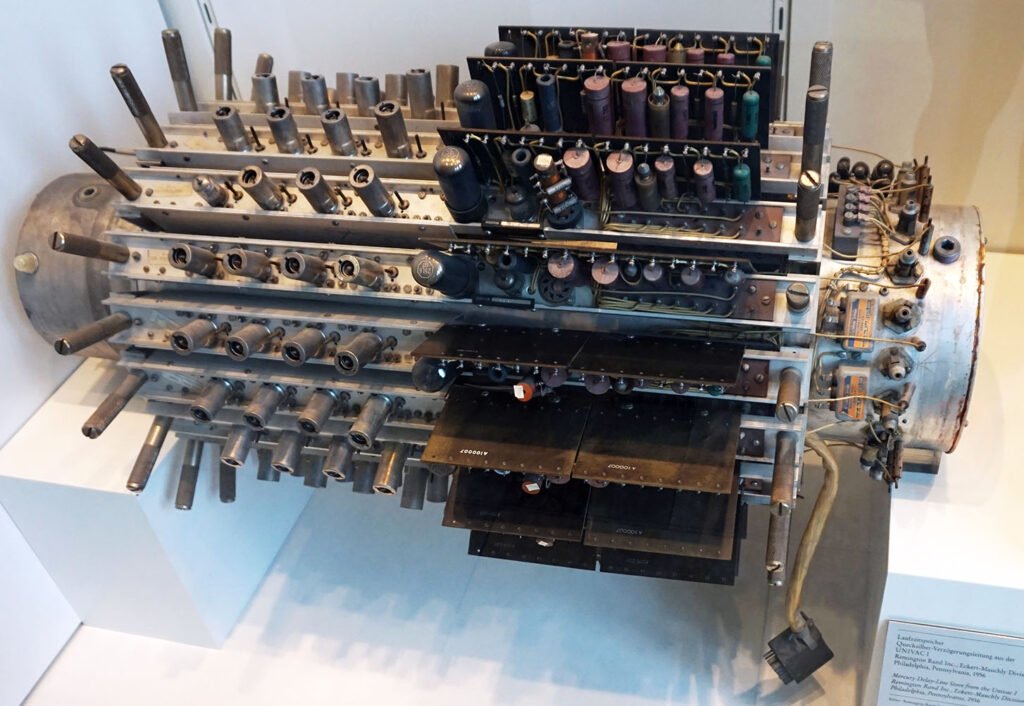
The 1952 U.S. Presidential election was a landmark event, not only for its political significance but also for its role in showcasing the capabilities of emerging technology. The 1952 election was the first time a computer was used to predict the outcome live on television, a bold move that highlighted the potential of computing technology in data analysis and forecasting.
CBS’s Bold Move
CBS Television Network, in a groundbreaking decision, chose to utilize the UNIVAC I (Universal Automatic Computer) to forecast the election results. This was a revolutionary step because, at the time, computers were still in their infancy and primarily used for scientific and military purposes. The decision to use UNIVAC for live election predictions represented a significant leap forward in the application of computing technology.
The choice was driven by the belief that computers could provide more accurate and timely predictions than traditional methods. By integrating UNIVAC I into their election coverage, CBS aimed to demonstrate the power of technology in processing and analyzing large volumes of data.
What Computer Predicted Ike’s 1952 Win?
The UNIVAC I, developed by J. Presper Eckert and John Mauchly, was the pioneering computer that made headlines for predicting Dwight D. Eisenhower’s victory in the 1952 presidential election. The computer was designed to handle complex calculations and analyze vast amounts of data, making it an ideal candidate for this task.
UNIVAC I used its advanced algorithms to process early voting returns and other relevant data. The computer’s forecast was notable for its precision. It anticipated a decisive victory for Eisenhower, which was a bold prediction considering the uncertainty surrounding election results at the time. The accuracy of UNIVAC’s prediction was a testament to its sophisticated design and the innovative use of technology in political forecasting.
The Prediction Process
Data Analysis and Forecasting
The process began by feeding early voting returns and historical data into the UNIVAC I. This data included information on voting patterns, demographic details, and other relevant factors. UNIVAC I employed statistical algorithms to analyze this data and produce a prediction of the election outcome.
The computer’s prediction initially faced skepticism from both media and experts. The early forecast of a landslide victory for Eisenhower was seen as overly optimistic by many. Critics were doubtful about the reliability of a machine in predicting such a significant event. The skepticism was fueled by the fact that UNIVAC I was among the first computers used for such purposes, and there was limited precedent for its success.
Proving the Accuracy
As the election night progressed and more voting data became available, UNIVAC I’s forecast was confirmed to be accurate. The computer’s prediction of Eisenhower’s victory proved to be correct, and the accuracy of the prediction helped to validate the use of computers in election forecasting. The successful prediction showcased the potential of computing technology to provide valuable insights and transform various fields, including political analysis.
The real-time demonstration of UNIVAC I’s forecasting ability captivated the public and the media. It illustrated how technology could be harnessed to perform complex tasks that were previously thought to be the domain of human intuition and expertise. This event not only marked a significant technological achievement but also paved the way for future advancements in data analysis and forecasting.
Was the UNIVAC Successful?
Absolutely, UNIVAC I was highly successful in predicting the outcome of the 1952 U.S. Presidential election. By analyzing early voting returns and statistical data, it accurately forecasted Dwight D. Eisenhower’s landslide victory. This achievement showcased the potential of computers in data analysis and forecasting, overcoming initial skepticism from experts and the media. The success of UNIVAC I demonstrated the practical applications of computing technology, leading to increased confidence and interest in its capabilities for complex data processing tasks.
Reasons Behind UNIVAC’s Success
Advanced Algorithms
UNIVAC I employed cutting-edge statistical algorithms to process and analyze election data. These algorithms could handle complex computations and deliver precise forecasts by interpreting early voting returns and trends. The use of these advanced techniques enabled UNIVAC I to predict the election outcome with high accuracy, an impressive feat given the technology of that era.
Real-Time Data Processing
One of UNIVAC I’s major strengths was its ability to process data in real-time. This capability allowed the computer to update predictions dynamically as new voting data came in. Real-time processing was critical for maintaining the accuracy of forecasts throughout election night, as it ensured that the predictions reflected the most current information available.
Data Integration
UNIVAC I was able to integrate various data sources, including historical voting patterns and demographic statistics. This comprehensive approach provided a richer analysis of the election trends, leading to more reliable predictions. By combining different types of data, UNIVAC could offer a holistic view of the electoral landscape, enhancing the precision of its forecasts.
Innovative Technology
As one of the earliest commercially available computers, UNIVAC I represented a significant technological advancement. Its introduction marked a shift from experimental models to practical, commercially viable machines. This innovation demonstrated the potential of computing technology in real-world applications and set a precedent for future developments in the field.
Effective Communication
CBS’s decision to broadcast UNIVAC I’s predictions live on television was crucial in showcasing the computer’s capabilities. This public demonstration helped build confidence in the technology and raised awareness about its potential. By making the predictions accessible to a broad audience, CBS played a key role in enhancing public understanding and trust in computing technology.
Together, these factors contributed to UNIVAC I’s groundbreaking success in predicting the 1952 election, highlighting its role in advancing the field of data analysis and forecasting.
Impact on Computing and Public Perception

UNIVAC’s success in predicting the 1952 election had a significant and far-reaching impact on both the field of computing and public perception of technology. This landmark achievement demonstrated computers’ advanced capabilities and shifted the narrative about their potential uses in various domains.
Advancements in Computing
Expansion Beyond Arithmetic
Prior to UNIVAC’s triumph, computers were primarily perceived as tools for performing basic arithmetic and scientific calculations. UNIVAC I’s ability to predict election outcomes through complex data analysis accurately showcased that computers could handle more intricate tasks. This shift highlighted the potential of computers to process, analyze, and interpret large volumes of data beyond simple calculations.
Enhanced Data Analysis
The successful application of UNIVAC I in election forecasting underscored the computer’s capability to analyze and synthesize diverse datasets. This demonstrated the practical applications of computing technology in real-world scenarios, paving the way for its use in fields such as finance, business, and scientific research. The event illustrated that computers could be invaluable tools for making data-driven decisions and predictions.
Inspiration for Technological Development
UNIVAC’s success inspired further advancements in computing technology. It set a precedent for the development of more sophisticated algorithms, enhanced data processing capabilities, and innovative computer applications. The success story of UNIVAC I encouraged investment in computing research and development, leading to the rapid evolution of technology in the subsequent decades.
Shifting Public Perception
Increased Trust in Technology
The accurate prediction of the 1952 election outcome helped to build public trust in computers. Before this event, many people viewed computers with skepticism, questioning their reliability and practical value. UNIVAC I’s successful performance demonstrated that computers could be trusted for critical tasks, fostering greater confidence in their capabilities.
Broadening Horizons of Computer Use
UNIVAC I’s achievement illustrated that computers were not just for scientific or military purposes but could also be effectively used in everyday applications. The live television broadcast of UNIVAC’s predictions brought the technology into the public eye and showcased its potential for various uses, including media, business, and decision-making processes.
Changing Perceptions of Human vs. Machine
The success of UNIVAC I highlighted that computers could perform tasks that were traditionally considered the domain of human intuition and expertise. This shift in perception demonstrated that machines could handle complex decision-making and forecasting tasks, challenging the notion that such tasks required human judgment alone.
Catalyst for Technological Curiosity
The public’s fascination with UNIVAC I’s capabilities sparked widespread interest in computing technology. People became more curious about how computers worked and what they could achieve. This curiosity drove educational initiatives and public discourse about the role of technology in society, further accelerating the adoption and development of computing innovations.
Technological Advancements
The success of UNIVAC I acted as a catalyst for a surge of interest and investment in computing technology. This landmark achievement highlighted computers’ practical potential and inspired further developments across various domains.
Expansion of Computer Applications
UNIVAC’s success demonstrated that computers could be used for more than just scientific calculations. The ability to accurately predict election outcomes opened up possibilities for applying computer technology in a wide range of fields, including business, finance, healthcare, and scientific research. This realization spurred the development of new computer models and applications tailored to meet diverse needs.
Advancements in Hardware
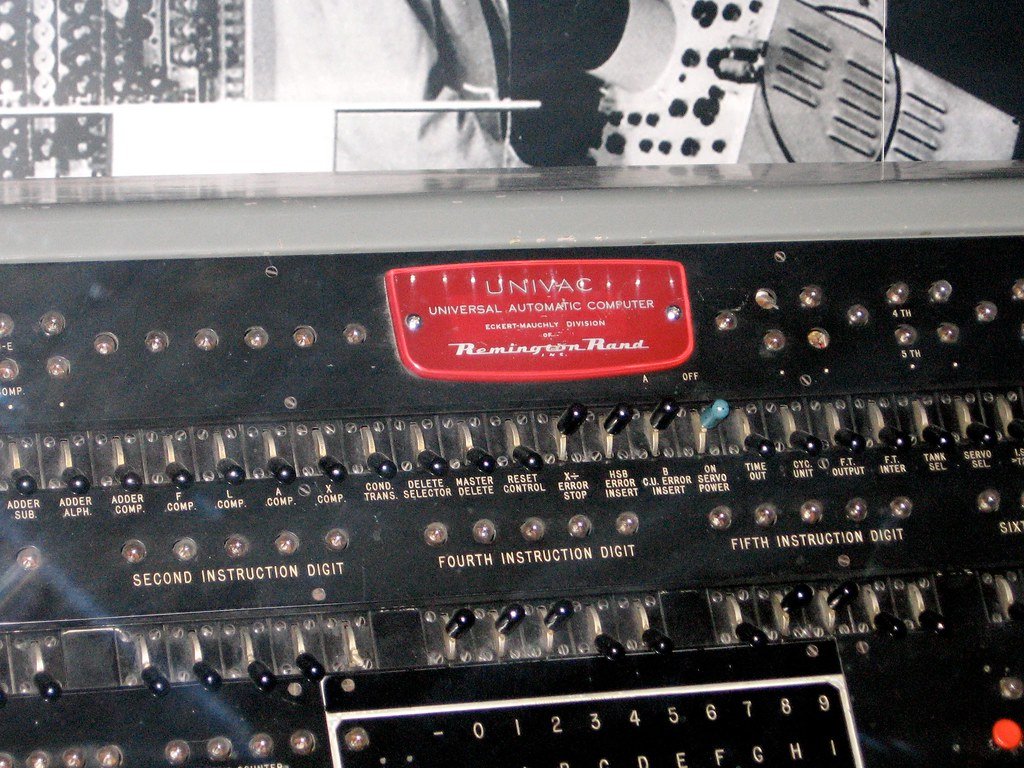
The growing interest in computing technology led to significant advancements in computer hardware. Subsequent models built upon the innovations of UNIVAC I, incorporating improvements in processing power, memory capacity, and reliability. These advancements enabled computers to handle increasingly complex tasks and larger datasets, driving further technological progress.
Development of Software
As hardware capabilities expanded, software development correspondingly increased. The success of UNIVAC I underscored the need for more sophisticated software to utilize the potential of advanced hardware effectively. This led to the creation of new programming languages, algorithms, and applications designed to harness the power of computers for various purposes.
Foundation for the Digital Age
The technological advancements inspired by UNIVAC laid the groundwork for the digital age. Innovations in hardware and software during this period set the stage for the development of modern computing technologies, including personal computers, networking, and the Internet. The progress made in the wake of UNIVAC’s success contributed to the rapid evolution of digital technology, transforming how people live and work.
Increased Investment and Research
The success of UNIVAC I attracted significant investment in computing technology. Both the public and private sectors recognized computers’ potential and invested heavily in research and development. This influx of funding supported the creation of new technologies and innovations, accelerating the growth of the computing industry.
Legacy of UNIVAC
UNIVAC’s legacy is both profound and wide-ranging. It marks a pivotal moment in the evolution of computing and its impact on various aspects of modern life. The contributions of UNIVAC extend far beyond its immediate technological achievements, symbolizing the beginning of a new era in which computers became integral to everyday activities and decision-making processes.
Catalyst for Widespread Computer Use
UNIVAC I played a crucial role in demonstrating the practical value of computers, shifting their perception from specialized tools to essential components of modern life. This breakthrough helped to popularize the use of computers across different industries, leading to their widespread adoption in fields such as finance, healthcare, entertainment, and more.
Influence on Business and Finance
The success of UNIVAC I showcased the potential of computers for complex data analysis and forecasting, which had a lasting impact on the business and finance sectors. Companies began to recognize the benefits of using computers for financial modeling, market analysis, and operational efficiency, leading to the development of sophisticated business applications and systems.
Advancements in Healthcare
In healthcare, UNIVAC’s legacy influenced the development of medical data processing and management systems. The ability to analyze large datasets and generate accurate forecasts laid the groundwork for innovations in medical research, diagnostics, and patient care, ultimately improving healthcare delivery and outcomes.
Transformation of Entertainment
The entertainment industry also felt the impact of UNIVAC’s technological advancements. The ability to process and analyze data enabled new forms of content creation, distribution, and audience engagement. This includes developments in computer-generated imagery (CGI), video games, and digital media, all of which have become integral to modern entertainment.
Inspirational Impact on Future Innovations
UNIVAC’s success inspired subsequent generations of technology innovators and researchers. The advancements and applications made possible by UNIVAC set the stage for continued progress in computing, influencing the development of modern computers, software, and digital technologies. Its legacy continues to inspire innovation and exploration in the field of technology.
UNIVAC’s prediction of the 1952 presidential election was more than a technological achievement; it was a cultural milestone that showcased the vast potential of computers—this groundbreaking moment highlighted how technology could transform decision-making processes and capture the public imagination. Today, as we push the boundaries of computing innovation, UNIVAC’s legacy stands as a testament to the pioneering spirit that fuels ongoing advancements in the field.

